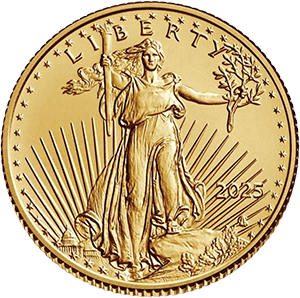
During World War II, the United States faced massive demands for nickel. Used heavily in tanks, aircraft, and naval vessels, nickel became too valuable for coinage. In response, the Mint changed the formula of the 5-cent coin to include 35% silver.
This wasn’t a symbolic change — it was practical. Silver was more readily available and not as essential to the war effort. The resulting alloy made War Nickels among the few U.S. coins outside of traditional silver dimes, quarters, and half dollars that include actual silver.
Each War Nickel contains 0.05626 troy ounces of silver. While this might not sound like much, it adds up — especially for investors looking for constitutional or "junk" silver.
Unlike many modern coins that lack intrinsic value, War Nickels are a physical hedge against inflation. They appeal to preppers, investors, and everyday Americans looking for reliable, fractional silver pieces. Many bullion dealers still stock them today, and they're often traded in bulk at modest premiums over spot.
Beyond bullion, their story captivates collectors. The use of silver tells a story of adaptation and resourcefulness. And in today’s world — where geopolitical tensions and financial uncertainty mirror aspects of the 1940s — these coins remind us of the lasting power of precious metals.









